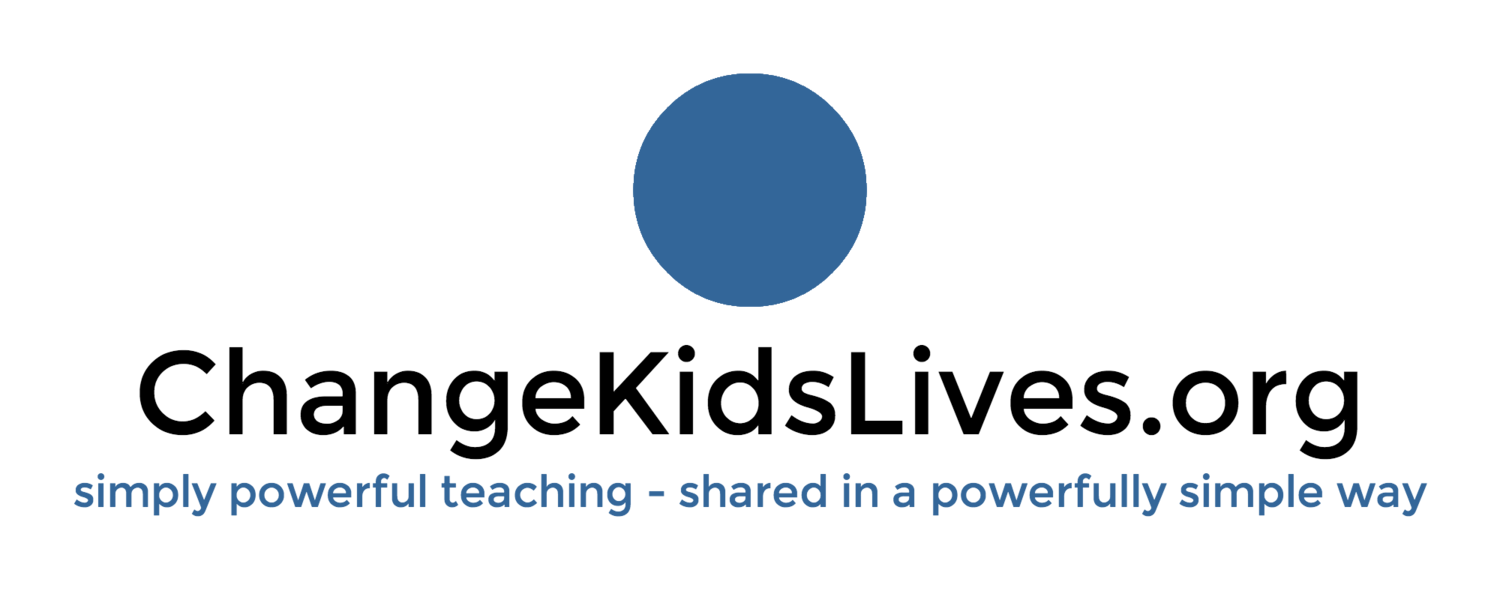simple truth:
Telling information is not the same as teaching information.
I remember the morning clearly. It was my first year teaching at the university level, and I was working with senior level education majors. They were a passionate, determined group who just completed their student teaching and were one semester away from graduating. The course was organized to discuss different educational topics in each of our 16 weeks together.
One day we were exploring children's ability to think at different levels, when I posed a question about Bloom's Taxonomy, which we reviewed a few weeks earlier. My question was met with blank stares. A bit surprised, I added, "Don't you remember? We talked about Bloom's Taxonomy in class for at least 20 minutes a couple weeks ago!" As a room full of blank stares faced me, I then had my second thought, which was a bit more logical. I realized that just because I "taught" this information didn't mean that students "learned" it.
research tells us:
There's a big difference between talking and teaching. While I knew that this sentiment was true for children, I now recognized it was the same for learners at any age. Research tells us that in order for humans to transfer knowledge from our working (short-term) memory to long-term memory, we need to elaborate by adding additional ideas and make connections to existing understanding (Ormrod, page 192). My conversation about Bloom's Taxonomy did not transfer to their long-term memory. As all teachers should do, we must look at ourselves first when a lesson doesn't go well. I knew that their lack of learning was my fault.
That day led to a deliberate change in my instruction. This change would be a game-changer in my future teaching. I began using an instructional review process that I call Systematic Spiraling. This technique has worked wonders in my teaching and my students rave about it. If fact, they are often able to share specifics of what they've learned months and even years later.
I've listed the Systematic Spiraling steps below, which takes about 3-5 minutes to complete. Some may say that this review strategy takes away valuable time to teach new instruction. However, it's important to recognize the long-term benefits: students have a stronger understanding of the essential content, there is less reteaching due to this deeper comprehension, and students understand how past information connects to current and future content.
try this:
First, look through your academic scope and sequence at the beginning of the year and analyze what we want our students to learn. Then sort this content into two categories: Need To Know content and Nice To Know content.
Need To Know content is the essential and foundational information, thoughts, and skills that we want our students to truly remember. And not just remember on a test a week or two later. We want Need to Know content to be recalled months and years down the road. Nice To Know content is important, yet non-essential material that may support the Need To Know content.
Second, once the Need To Know information is identified and taught, spend 3-5 minutes daily to systematically review (spiral) the essential content using the steps below.
During the initial review days, ask lower level questions to ensure and solidify their general understanding, which builds a strong foundation. Examples of these questions can include: "Yesterday we introduced (...), What do you remember about (...)? Who is (...)? How many (...)? What's the main idea of (...)? Can you repeat, list, or label (...)?"
As weeks pass, systematically increase the sophistication and levels of questions by asking students to connect spiraled information with current content being taught. Possible questions include: "Explain in your own words (...), Compare (...) with what we're studying now, How does this connect to (...)?, What if (...)?, Relate (...), Critique (...)"
The key to Systematic Spiraling is to continually review and connect this Need To Know information with new information, thoughts, and skills, which continually reinforces and strengthens this essential content.
review & share this:
For additional reading and referenced research, click here.


